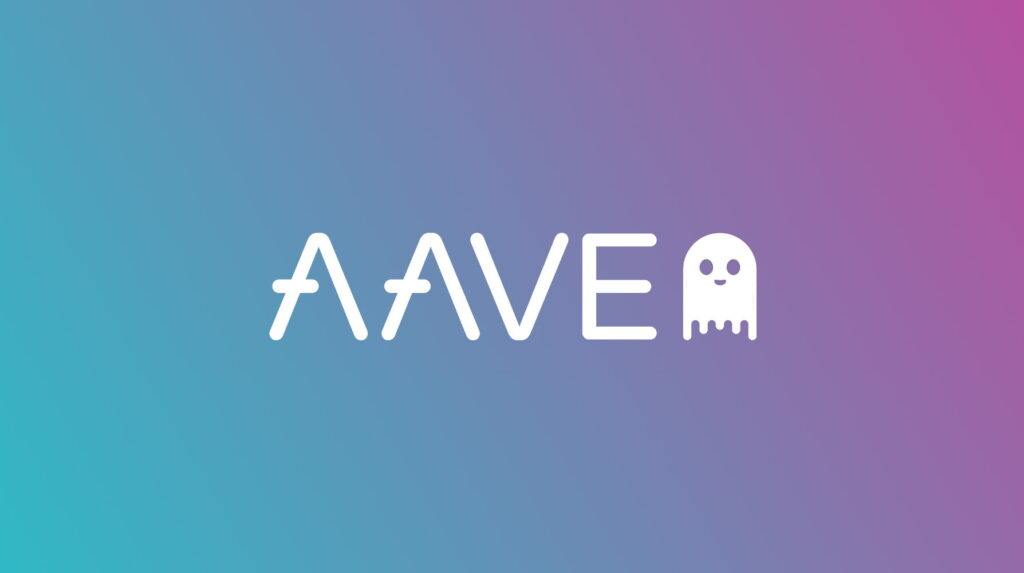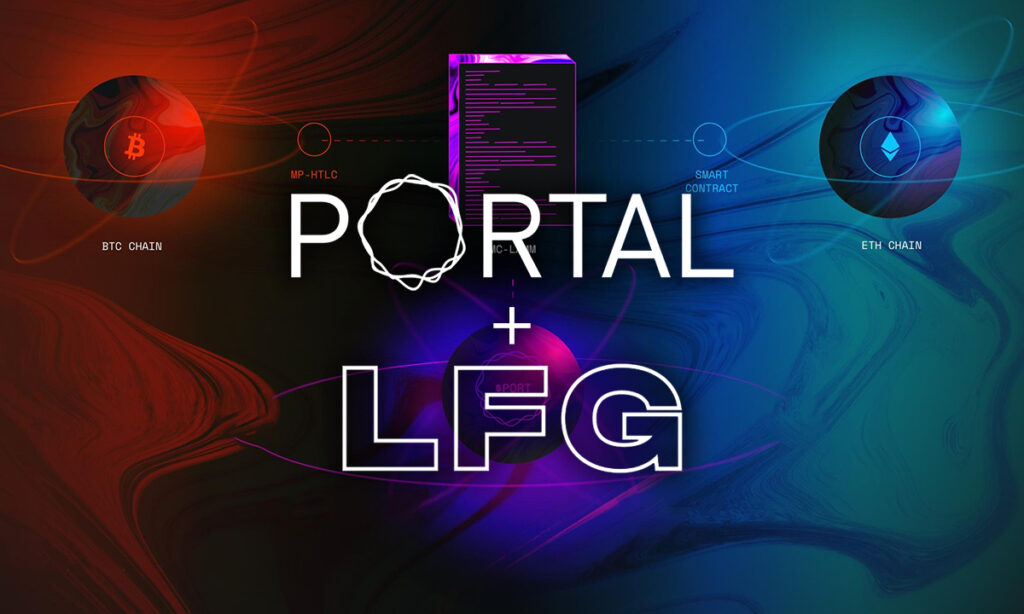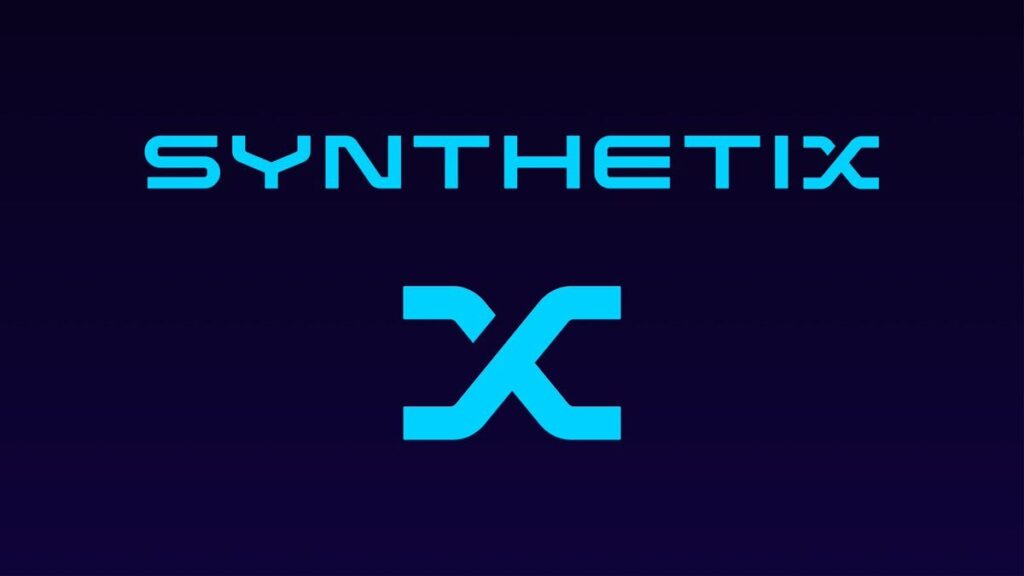The crypto space is rife with phishing scams, fraud, and hacks, making it incredibly dangerous and tough to navigate for the newbies. This problem affected banks and traditional institutions as well, until deposit insurance came to the rescue. Now, a new startup called FairSide wants to bring the same peace of mind to crypto asset holders.
The latest crypto winter of 2022 was particularly rough on regular users, as they had to navigate half a dozen major bankruptcies and exchange collapses. Companies like Celsius, BlockFi, Babel Finance, who promised their users consistent yield on their crypto, fell like dominoes in a systemic solvency crisis. The sudden crash of FTX in November 2022 helped break a decade-old record for the largest value of crypto lost in fraud or hacks in a year.
Self-custody might seem like the obvious solution, but it’s also a path fraught with peril. Phishing attacks in crypto can be incredibly sophisticated, going as far as using advanced deepfakes of important people. Over $2 million in NFTs gets stolen from users in phishing attacks and exploits every month. Software wallets can get compromised by viruses, SIM swaps, or physical break-in. And even if the user avoids all targeted attacks, catching a DeFi hack is very likely.
Web3 and crypto can be exciting, and offer the opportunity for making outsized returns, but that’s because the risk of losing it all is immense. Insuring assets could alleviate many of these risks, just like the FDIC insurance program did in 1933 for bank deposits.
Unfortunately, asset coverage in crypto has been lacking so far. There are a number of DeFi “insurance” projects protecting against hacks in a particular protocol, but their coverage is limited, and there are several instances of them refusing to honour their claims because of technicalities. In any case, no insurance coverage exists for individual hacks and scams.
FairSide aims to introduce a true safety net to the Web3 space, focusing on all the issues that could result in tokens and NFTs getting stolen, including phishing, man-in-the-middle attacks, clipboard hijacking, local frontend hacking and many others.
The FairSide system provides what the team calls “Blanket Coverage” to cover all possible instances of personal crypto theft. The coverage costs 1.95% of the user’s wallet value per year, and it can secure up to 100 ETH per wallet, currently worth about $190,000 — quite close to the FDIC’s $250,000 insurance limit. Compared to other forms of coverage in crypto, the fixed premium makes for much more predictable returns at a fairly low price.
The program lasts for a full year, is fully cross-chain and applies for any type of personal wallet including MetaMask, Ledger and others. For now, FairSide doesn’t provide general coverage against hacks for a particular DeFi or NFT protocol, given that it’s a more complex model targeted mostly at high net worth individuals.
A protocol where anyone can become the insurer
FairSide’s vision is to provide coverage for the regular people, and it allows anyone to stake their assets to receive fee proceeds from the insurance premiums.
This is a major advance allowed by Web3. Traditional companies need to bootstrap a huge amount of capital to ensure that they don’t get bankrupted by a bad year where everyone submits claims. But with DeFi staking, it’s possible to easily bootstrap the reserve through the community by sharing some of the fees collected for the service.
In FairSide’s case, the staking is powered by a combination of the platform’s FSD token and ETH, which are tied together in a pool following a special bonding curve. Its goal is to modify the price and liquidity of FSD based on the protocol’s demand for capital.
When the protocol is well-capitalized, the curve will adjust to increase the price of FSD in ETH and disincentivize staking more capital. When the protocol needs more capital, the curve will instead lower the price of FSD. Unlike regular DEX pools, the system directly mints a matching amount of FSD when staking ETH, which is given back to the user as a representation of their ETH.
There are additional FSD staking benefits, including membership fees, and “strong hands” rewards, where users who have staked the longest receive the most rewards, which is useful to maintain a stable level of liquidity in the insurance pool.
Coverage as the key to tame the crypto Wild West
With stories of hacks and fraud saturating the popular perception about crypto, there won’t be a new bull cycle until people can feel safe when interacting with crypto. Self-custody is important, but very few people are willing to put in the work required to do it safely (for example, using air-gapped computers).
There are some ways to protect against DeFi hacks, but with the bear market, the general DeFi yield is not enough to justify the risks incurred. For example, Sherlock, an auditing platform providing a “warranty” for its audits, is reportedly running near empty on its reserves following a couple of incidents.
Better security practices, and potentially regulation for centralized entities, is bound to improve the situation at a general ecosystem level. But the individual dangers of self-custody will always remain, which is why FairSide may be the key to a general solution to this problem.










